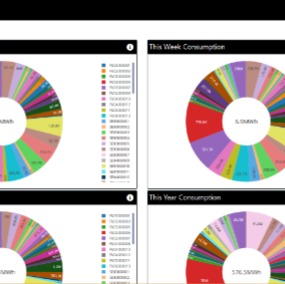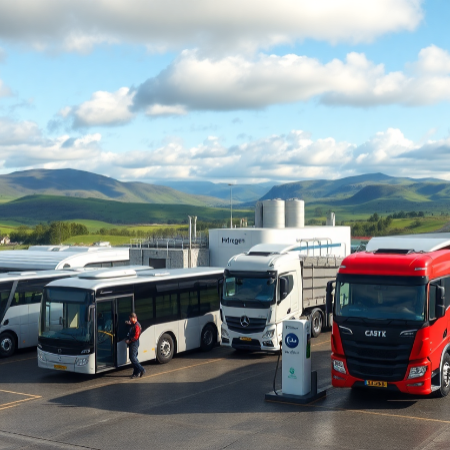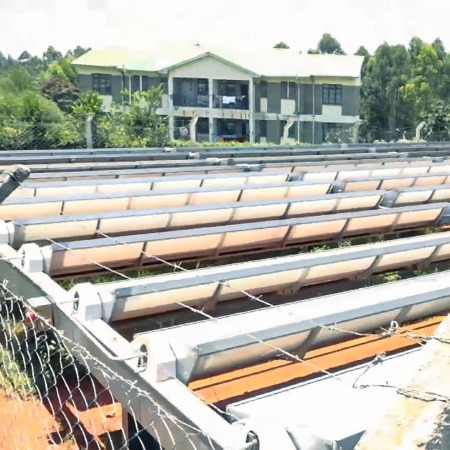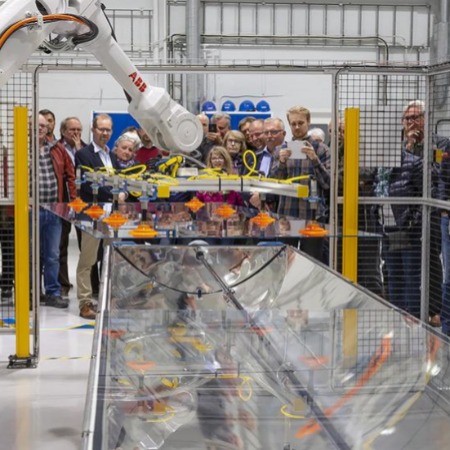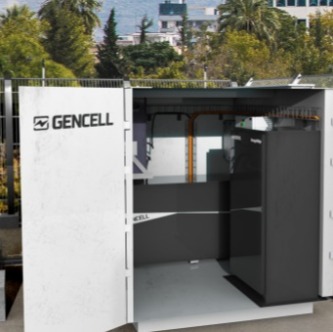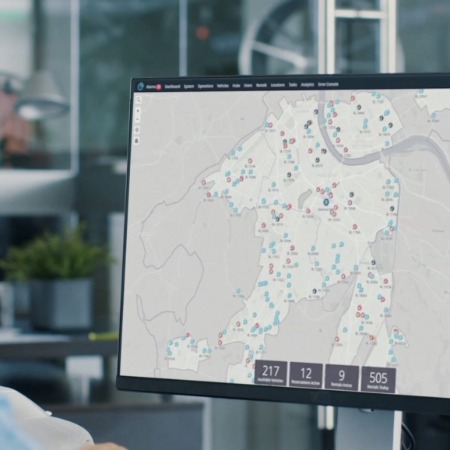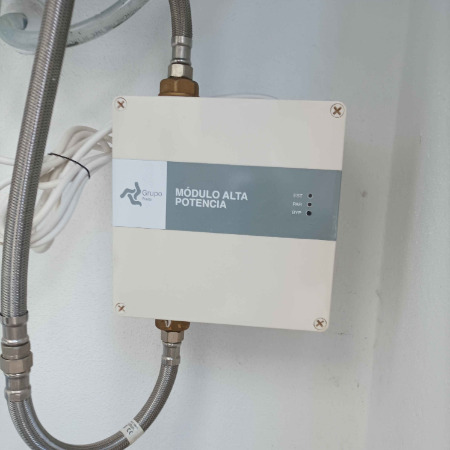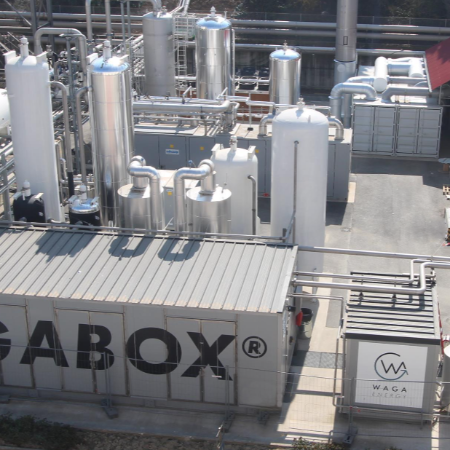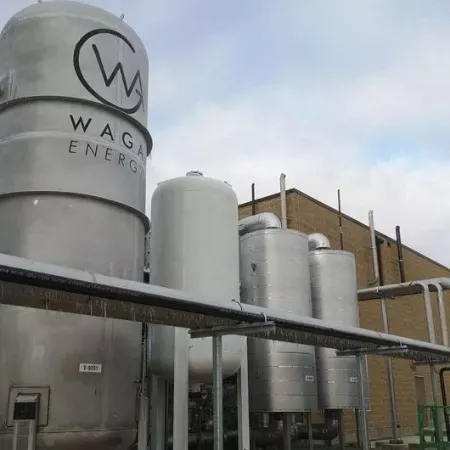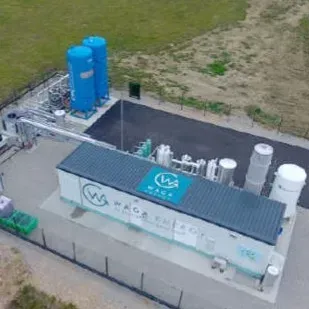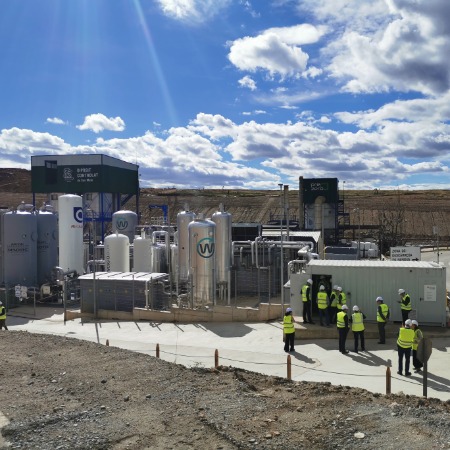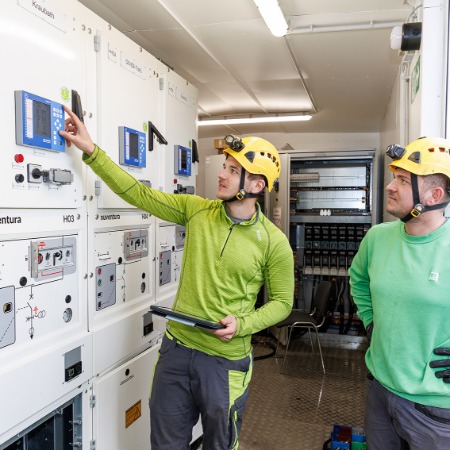01. Definition
What is the energy crisis?
In recent years, many scientists have raised their voice to warn about climate change, caused notably by the burning of oil and coal in order to produce energy.
Solutions to the energy crisis
Over the last two centuries, energy needs have skyrocketed dramatically, especially because of the transportation and industry sectors. However, fossil fuel are polluting and their reserves are limited. We know today that these resources are close to exhaustion and our societies are facing a major challenge: the energy crisis.

01. Definition

02. Causes
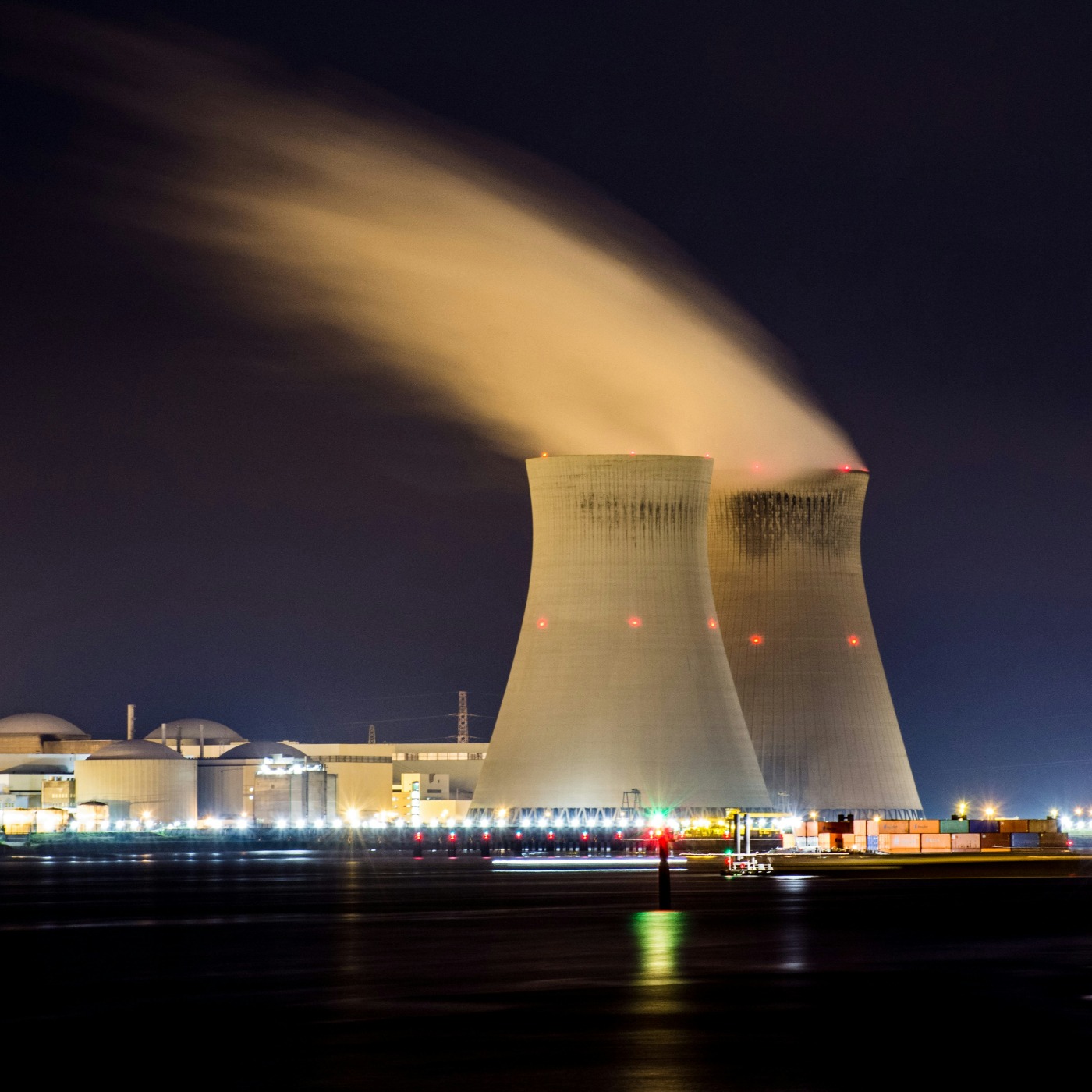
03. Impacts
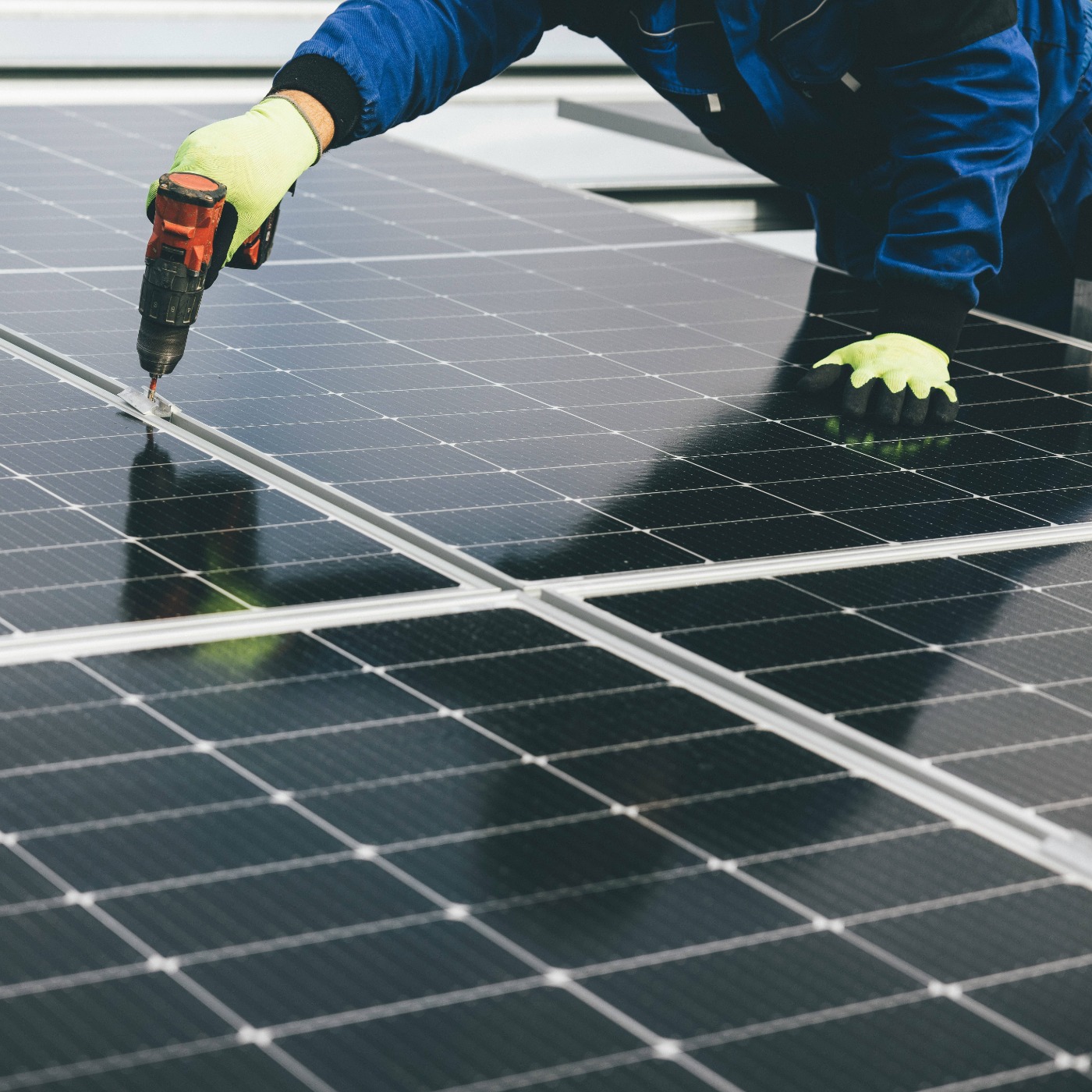
04. Solutions
05. Implementations
BLOKIWOOD by Dom'innov implemented by Supermix in Eybens (France) in 2021
EV for fleets by Make my Day implemented by TotalEnergies in Paris (France) in 2025
SolarisKit by SolarisKit Ltd implemented by Zima Homes in Nairobi (Kenya) in 2024
CLEMAP by CLEMAP AG implemented by Gassmann Media in Biel, Bienne (Switzerland) in 2022
Ways2H Hydrogen Solution by Ways2H, Inc. implemented by United Kingdom in UK (United Kingdom) in 2021
Absolicon T160 Solar Collector by Absolicon Solar Concentrator implemented by Birra Peroni in Bari (Italy) in 2023
Absolicon T160 Solar Collector by Absolicon Solar Concentrator implemented by Chelal Tea Factory in Kebenet (Kenya) in 2024
Absolicon Robotic Solar Concentrator Production Line by Absolicon Solar Concentrator implemented by Absolicon in Härnösand (Sweden) in 2019
GenCell A5 off-grid energy solution by GenCell Energy implemented by Vodafone Mobile in Bucharest (Romania) in 2022
ElectricFeel Shared Mobility OS by ElectricFeel implemented by City of Basel (Switzerland) in Basel (Switzerland) in 2018
WAISENSE COMFORT by Waisense implemented by Private owner, with a family of 4 members in Madrid (Spain) in 2022
WAGABOX® by Waga Energy implemented by Veolia in Claye-Souilly (France) in 2022
WAGABOX® by Waga Energy implemented by Air Liquide in Rockford (United States) in 2023
WAGABOX® by Waga Energy implemented by SUEZ in Milhac-d'Auberoche (France) in 2022
WAGABOX® by Waga Energy implemented by PreZero in Els Hostalets de Pierola (Spain) in 2023
Next Generation Dry-air GIS by Nuventura implemented by Energienetze Steiermark in Prankh (Austria) in 2024

06. Conclusion



